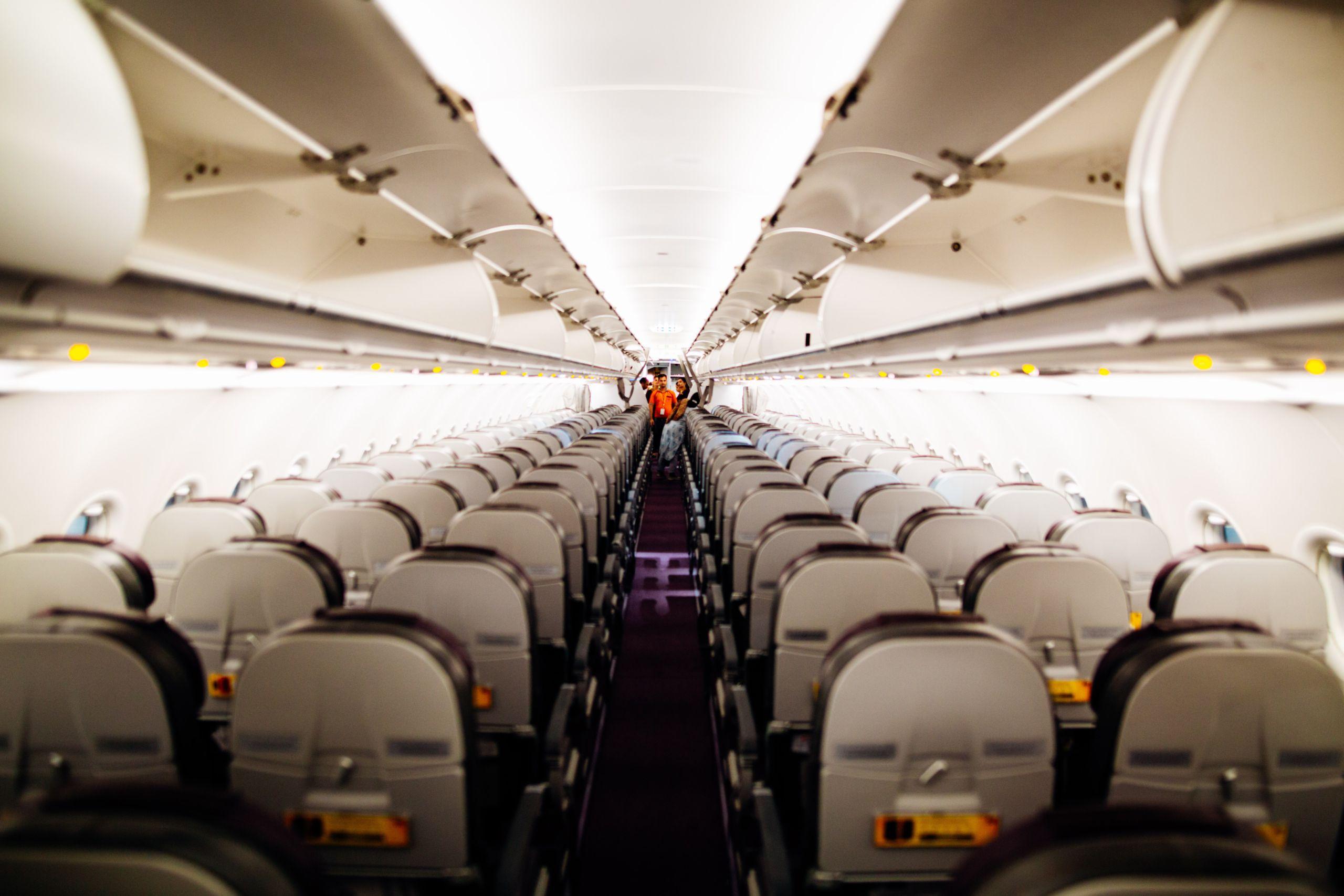During 2020, we all felt the restlessness that came with being confined to our homes. With traveling restrictions now beginning to ease up in many countries, finally getting to take a vacation may be on your mind. However, airplane rides can be long and tiring – especially for people with pre-existing back and neck problems. Being confined to small seats with little support for hours on end is no picnic.

This doesn’t need to be the case, however. There are steps you can take to prepare for your flight, and tips for after the plane has left the ground to help you alleviate your pain.
Preparing for the flight
Accessories to bring
Before you even step onto the airplane, there are things you can do in preparation for the flight. There are many different types of back support accessories available to purchase. These include neck pillows, lumbar support pillows, foot rests, and foam rollers.
Packing
It is important to be mindful when packing your carry-on bag. Avoid packing very heavy items, or overfilling it. You’ll be carrying it around the airport, as well as lifting it to put it up in the plane’s overhead storage. Keep most of your items in your checked luggage, and only have essential items in your carry-on.
Shoes
Make sure to wear comfortable shoes. There will be a lot of walking around airports, especially if your trip will include layovers. Properly fitted shoes with good support will help with your posture when you’re walking and keep your feet comfortable during the flight.
On your flight
Seats
If you are tall, airplane seats can be especially uncomfortable. First and business class seats on airplanes tend to have more leg room and wider seats. If possible, booking a seat in those sections will help reduce pain and stiffness that comes with cramped seating.
Walk around
If economy is your only option, all hope is not lost. If possible, book an aisle seat. This gives you slightly more leg room, as well as easier access to get up without disturbing your seat neighbours. You should get up at least once every hour, and change your seating position once every twenty minutes. You can do leg stretches in your seat as well, which will help with circulation and preventing possible blood clots.
Drink water
Staying hydrated in general is an important part in maintaining your health. The humidity levels in a pressurized air cabin are very low, making drinking water even more important during your flight. It will help with circulation and keep your body hydrated. You should avoid alcoholic and caffeinated drinks, such as coffee, tea, and soda. These drinks are diuretics, meaning they will draw more liquid out of you, making them not as hydrating as water.









